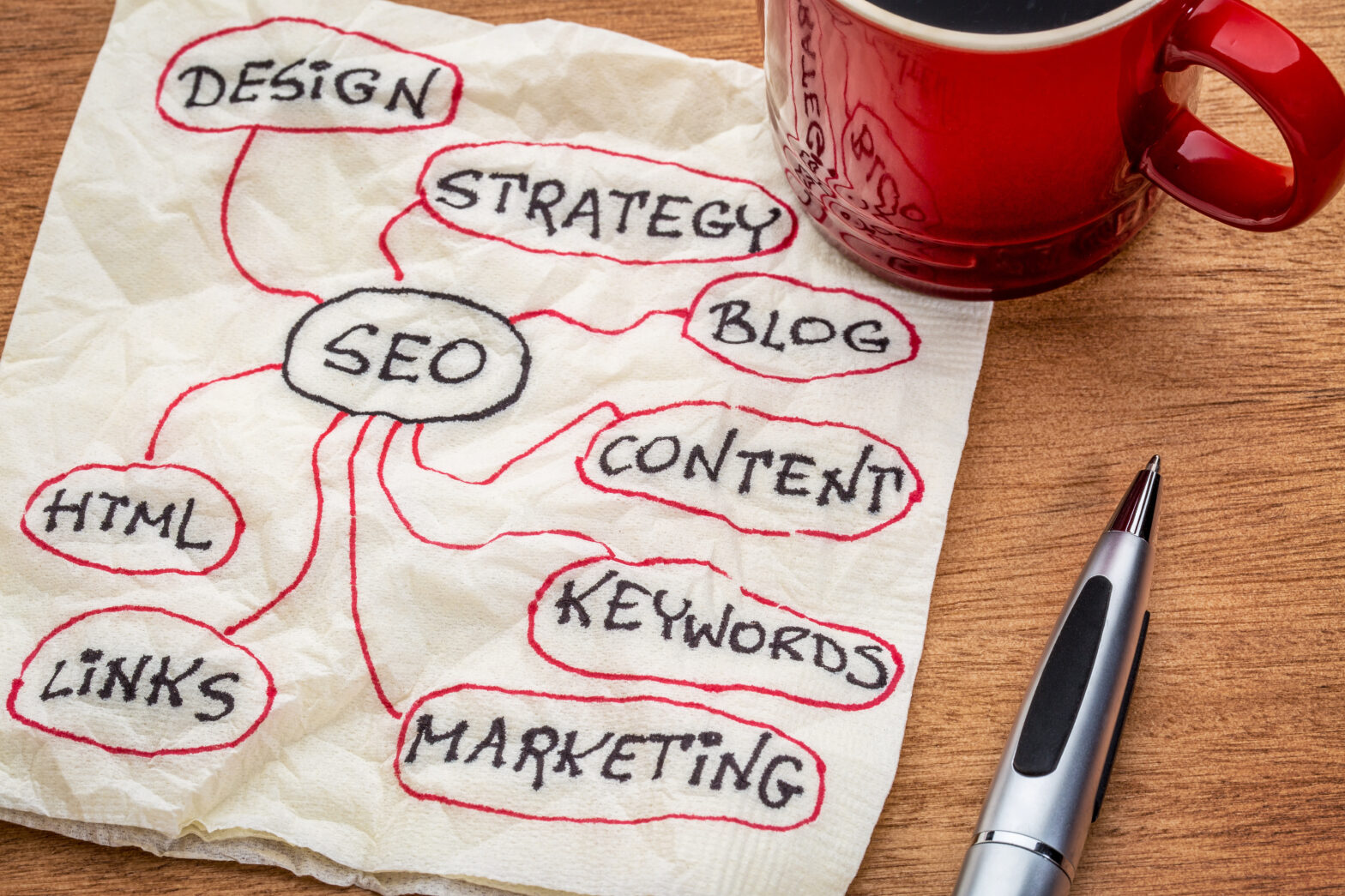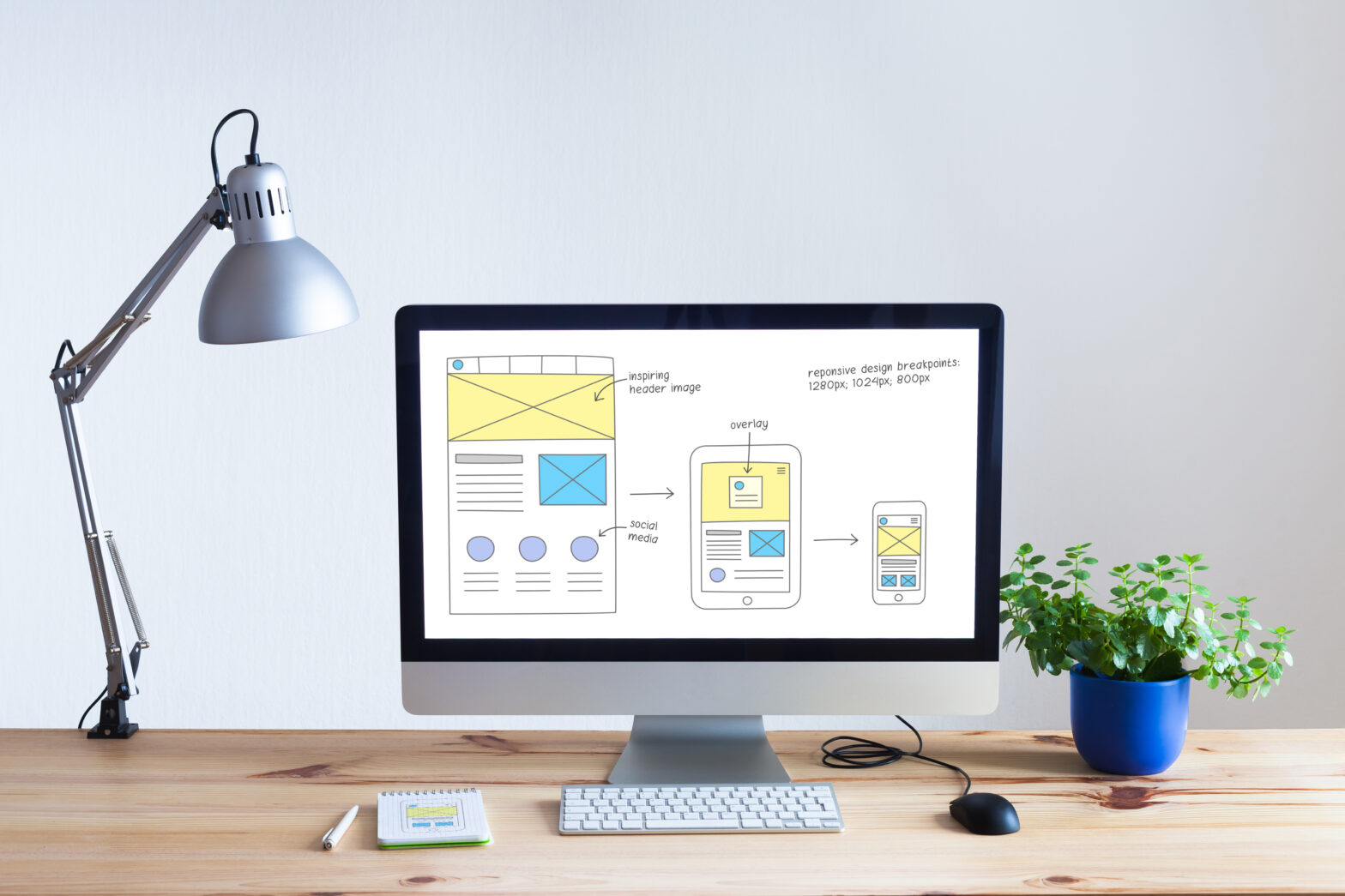There’s no doubt that coronavirus is causing problems for small businesses, especially those who are based in a physical shop with no website.
Fortunately, creating a website from nothing is easier than ever.
Speed is key in the current climate. Start with a skeleton website so that it can get established and begin gaining traffic, then you can build on it once you have more time.
The most compelling reason to be online right now is to reach your customers, most of whom will be at home. Plus, you can take orders around the clock rather than being limited to opening hours.
We’ll show you how to put together your business website – fast.
Register your small business website’s domain name
The first step is to pin down your domain name.
How do I choose a domain name?
The name should be a true representation of yourself and your business. Web domain registration services tend to have domain name checkers – like this one – that let you see whether a domain name is already in use.
The price you pay is dependent on the provider you go with and which domain name extension (.uk, .co.uk, .me) you choose. Websites ending with .co.uk are a minimum of £4.99 a year and .com domains start at £9.99 per year.
If the domain name that you’re after is taken, the registry is likely to suggest alternatives. For example, if I type in bike.uk into the UK Domain, it says that the .uk, .co.uk, .org.uk and .me.uk forms of the name are taken. However, it will return location-based alternatives under each extension like bikeonline.uk and mybike.org.uk.
What do I do if somebody has the web domain I want?
Your first and best option is to go with a different domain extension. Let’s say bettybakes.co.uk is taken – you can opt for bettybakes.uk or bettybakes.net.
Alternatively, try a variation of your desired domain name. For example, bettybakes.co.uk can become bettysbakery.co.uk. Just remember that it must be easy to recall and difficult to misspell, so avoid something like bbakes.co.uk.
Start with one domain name but if you find time later on, it’s worth buying one that are similar to yours to ward off competition.
Read more about buying a domain name at Getting and setting up a business domain name.
Build your business website
The first step is choosing your website builder – for a full rundown of what the main players offer, check out the What’s the best website builder for my small business?
Get your core pages established first: home, about us, contact and online shop. Your website builder will have plenty of tutorials to guide you through every step of set up.
Set up your online shop
Now for the crux of what you’ve set out to do: sell online.
How do I incorporate selling through my website?
You’d do that with an e-commerce site which you can create through a third-party like Shopify. Choose your e-commerce platform and pick a domain name for your store. Next, set up a merchant account like PayPal. They will charge a fee for processing payments, but it ensures that you’ll get paid.
Getting an SSL certificate fixes the green lock next to your URL which signifies security and encrypts sensitive information to keep it safe.
If you’re an experiences brand, offer gift vouchers that customers can use later in the year. How you set these up will be dependent on the website builder you’re using. With some, you’ll be able to add a gift card as if it’s another product. Others will have a plugin to enable gift card purchases on your website. In the event that neither of these work for you, the Gift Up! app gives you the ability to sell gift vouchers and is compatible with major website builders.
Use any photos or video footage you have of customers taking part in your experiences to help make the sale. In the same vein, restaurants and cafés should have a menu available online for potential customers to have a look at.
Where you can, try and offer online courses or classes. Again, some website builders have plugins and functionality to let you build courses.
It doesn’t have to be convoluted though. Have a play around with Instagram Live or the YouTube Live function. You don’t even have to offer tutorials – respond to users’ beauty questions if you’re a beautician or have a store cupboard cook along if you’re a food-based business. Sessions like these can help drive traffic to your website and build your customer base.
Link your business website to your social media
If you already have a loyal social media following, you’re a step ahead. We’ll focus on three of the main websites as sales platforms.
As we have seen, Facebook is brilliant at identifying potential customers in highly targeted ways. And you can add a “buy now” button to your Facebook ad. However, the social media giant is happy to gobble your money regardless of how many sales conversions you make.
First, you need to set up a Facebook Page for your business in addition to your personal Facebook account. This page will only be seen by people who have “liked” your page — in effect, they’re giving you permission to advertise to them.
Once an ad has been running for a few days, you will see a “relevancy” score to calculate whether your ad is engaging its target audience.
There are four types of Facebook ads:
- Sponsored which feature in a box on the right of your Facebook newsfeed.
- Page posts that appear in people’s newsfeeds.
- Sponsored stories that are sent to your newsfeed if a Facebook friend has previously engaged with the brand
- Promoted posts that are regular newsfeed posts that have been boosted in order to increase reach.
Showing a customer a photo of your product and having them tap to buy it instantly is a compelling sales platform. You can go from being inspired to making a purchase within a couple of taps.
When you see a shopping bag on an Instagram post, it means you can purchase by hovering your finger over the item. Items are marked with price tags.
Also, you can add hashtags to photos to help Instagrammers find your products such as #shoes #trainers #oldskool #hi-tops #basketball to get more reach.
As a service, shoppable Instagram is free — although you do need to connect it to your Facebook business page and create a catalogue. And although your catalogue is not connected directly to your website, you can link the two — and your inventory — through a third-party e-commerce platform such as Shopify.
As with other social media platforms, do not post boring white-background product shots on Instagram — you need to create interesting, engaging images. You don’t want your Instagram feed to be one continuous sales catalogue.
Somebody who follows you on Twitter is 72pc more likely to make a purchase from you.
And, like Facebook, Twitter ads enable you to target users by interest, gender and geography.
The simplest way to get started is to pay for a promoted tweet, just like the ones which appear in your own timeline. Again, using Twitter to promote a prize draw in exchange for website signups is probably better use of your marketing shilling than selling directly.
>See also: How can I promote my small business website?
Get it seen on Google
You needn’t do anything exhaustive at first: keep it basic.
Choose a couple of keywords relating to your business and get them on every page of your site, even if you only have three web pages.
Think about your business. If you were a customer searching for businesses like yours, what would you search for? But remember that as a small business, it does not make sense to select highly competitive terms where you will be up against internet giants such as Amazon and eBay.
Once you’ve got your keywords nailed, you can move on to more advanced SEO.
Make sure your website is compatible with mobile browsing
Website builders will often have a function that will let you preview your web pages on mobile.
Failing that, you can test web pages on Google’s search console.
Find your audience and make connections
Connections are crucial at this point, so make the most of them.
First, encourage your existing customers to leave positive reviews about your business. Not only will it keep your spirits up during these tough times, but it will boost your business reputation once things are back to normal.
We hope this will help you get started on building a website for your small business. You can find out more at our Getting Online hub.





